Determining the Sample Plan The Sample Plan is




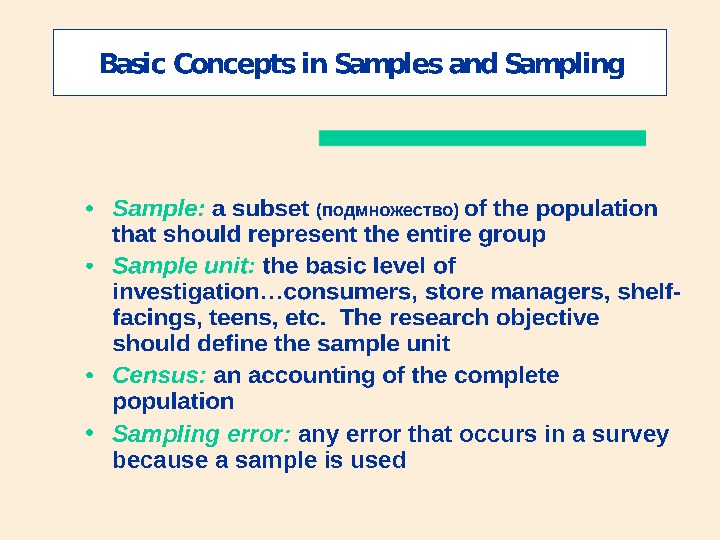



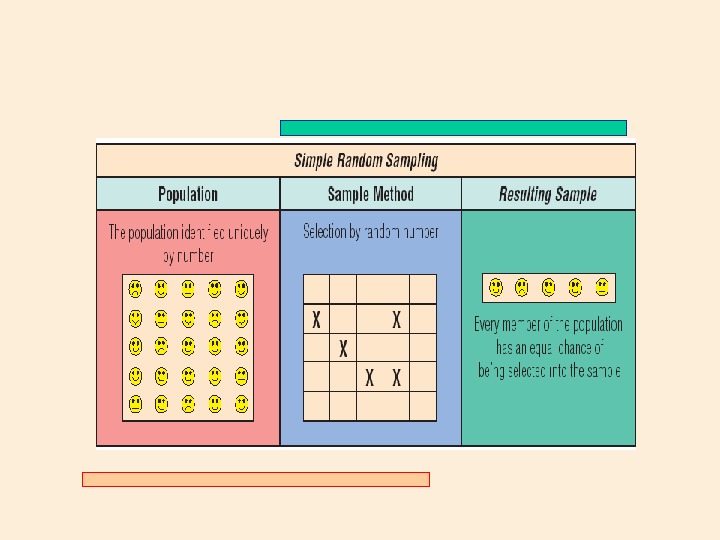

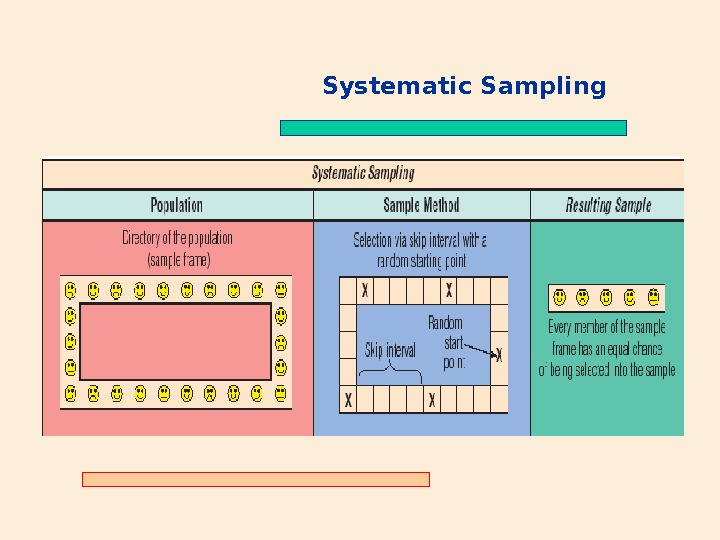
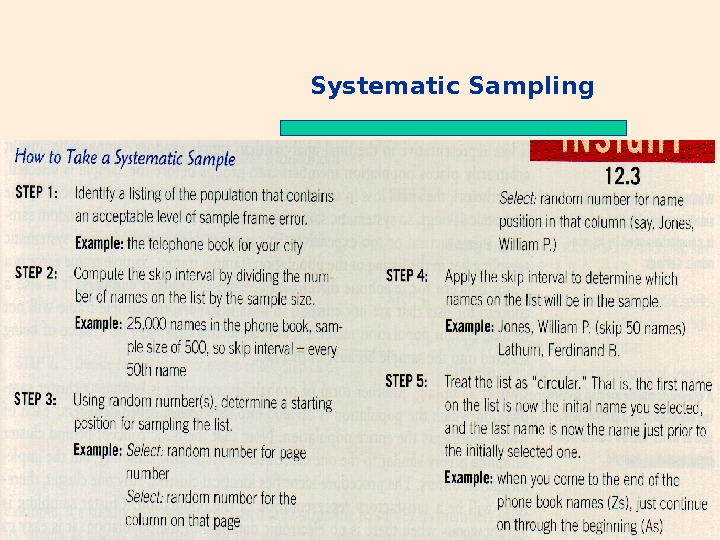

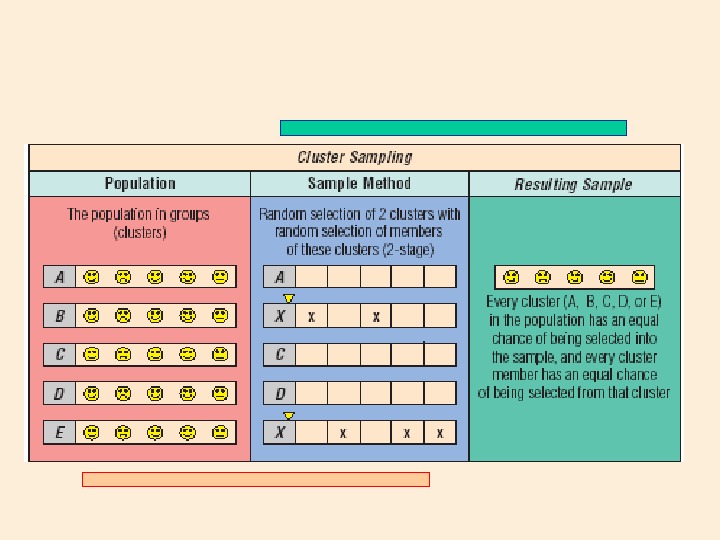
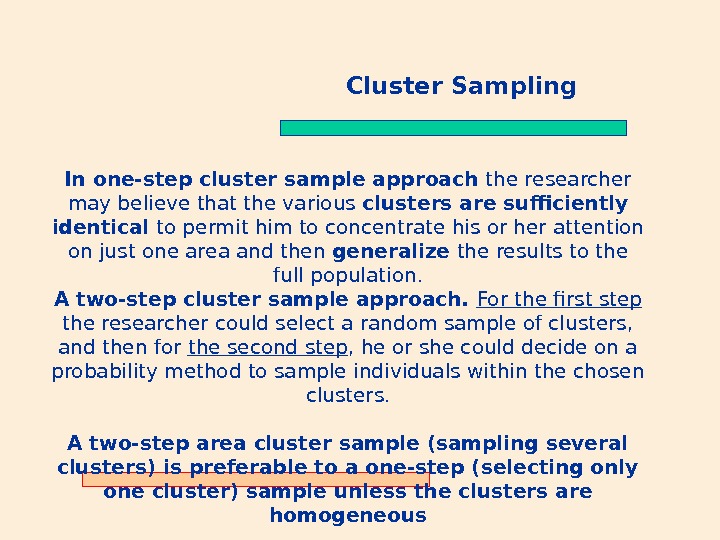


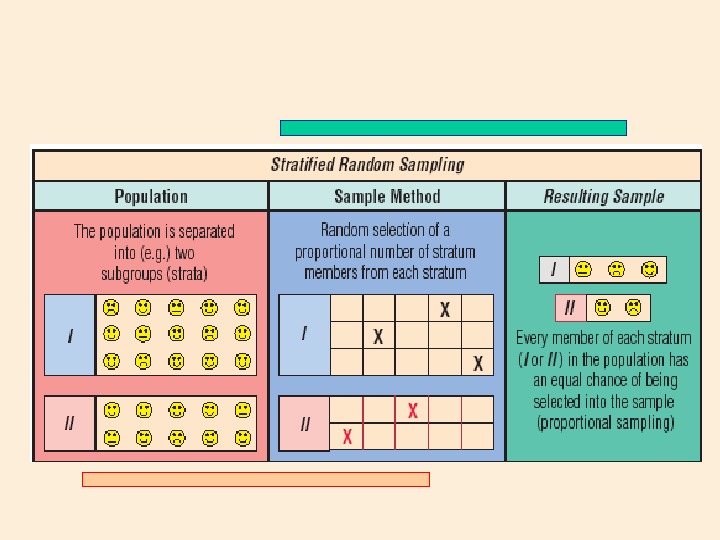

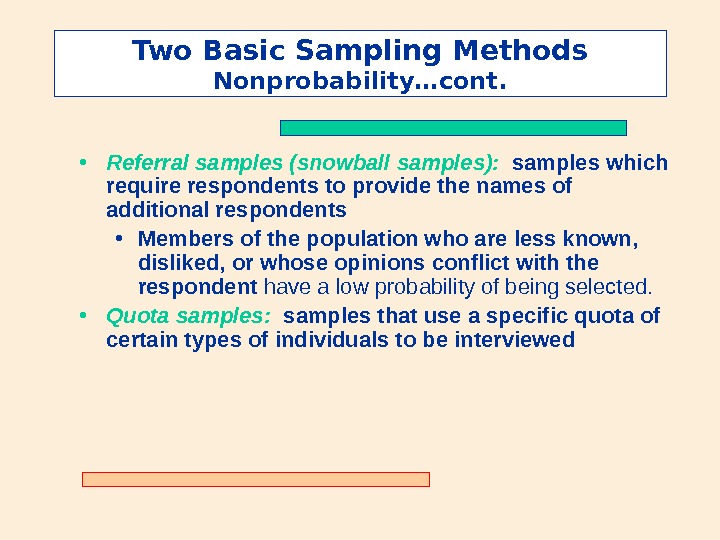




part_12_-_determining_the_sample_plan.ppt
- Размер: 5.1 Mегабайта
- Количество слайдов: 23
Описание презентации Determining the Sample Plan The Sample Plan is по слайдам
 Determining the Sample Plan The Sample Plan is the process used to select units from the population to be used in the sample
Determining the Sample Plan The Sample Plan is the process used to select units from the population to be used in the sample
 Marketing research Chapter 11 – Determining the sample plan – step
Marketing research Chapter 11 – Determining the sample plan – step
 Basic Concepts in Samples and Sampling • Population: the entire group under study as defined by research objectives… Researchers define populations in specific terms such as “heads of households located in areas served by the company who are responsible for making the pest control decision. ” Example for Terminix Pest Control — “ everybody who might use our services” — “ heads of households in those metropolitan areas served by Terminix who are responsible for inspect pest control”
Basic Concepts in Samples and Sampling • Population: the entire group under study as defined by research objectives… Researchers define populations in specific terms such as “heads of households located in areas served by the company who are responsible for making the pest control decision. ” Example for Terminix Pest Control — “ everybody who might use our services” — “ heads of households in those metropolitan areas served by Terminix who are responsible for inspect pest control”
 • Sampling error: any error that occurs in a survey because a sample is used
• Sampling error: any error that occurs in a survey because a sample is used
 Reasons for Taking a Sample • Practical considerations such as cost and population size • Inability of researcher to analyze huge amounts of data generated by census • Samples can produce precise results
Reasons for Taking a Sample • Practical considerations such as cost and population size • Inability of researcher to analyze huge amounts of data generated by census • Samples can produce precise results
 Two Basic Sampling Methods • Probability samples: ones in which members of the population have a known chance (probability) of being selected into the sample • Non-probability samples: instances in which the chances (probability) of selecting members from the population into the sample are unknown
Two Basic Sampling Methods • Probability samples: ones in which members of the population have a known chance (probability) of being selected into the sample • Non-probability samples: instances in which the chances (probability) of selecting members from the population into the sample are unknown
 Two Basic Sampling Methods Probability Simple Random Sampling • Simple random sampling: the probability of being selected into the sample is “known” and equal for all members of the population • Blind Draw Method • Random Numbers Method • Advantage: • Known and equal chance of selection…therefore it IS a probability sample! • Easy method when there is an electronic database • Disadvantages: (Overcome with electronic database) • Complete accounting of population needed
Two Basic Sampling Methods Probability Simple Random Sampling • Simple random sampling: the probability of being selected into the sample is “known” and equal for all members of the population • Blind Draw Method • Random Numbers Method • Advantage: • Known and equal chance of selection…therefore it IS a probability sample! • Easy method when there is an electronic database • Disadvantages: (Overcome with electronic database) • Complete accounting of population needed

 Two Basic Sampling Methods Probability Systematic Sampling • Systematic sampling: way to select a random sample from a directory or list that is much more efficient than simple random sampling • Skip interval=population list size/sample size • Advantages: • Approximate known and equal chance of selection. . it is a probability sample plan • Efficiency. . do not need to designate every population member • Disadvantage: • Small loss in sampling precision
Two Basic Sampling Methods Probability Systematic Sampling • Systematic sampling: way to select a random sample from a directory or list that is much more efficient than simple random sampling • Skip interval=population list size/sample size • Advantages: • Approximate known and equal chance of selection. . it is a probability sample plan • Efficiency. . do not need to designate every population member • Disadvantage: • Small loss in sampling precision
 Systematic Sampling
Systematic Sampling
 Systematic Sampling
Systematic Sampling
 Two Basic Sampling Methods Probability Cluster Sampling • Cluster sampling: method in which the population is divided into groups (clusters), any of which can be considered a representative sample • Area sampling • Advantage: • Economic efficiency…faster and less expensive than SRS • Disadvantage: • Cluster specification error…the more homogeneous the clusters, the more precise the sample results
Two Basic Sampling Methods Probability Cluster Sampling • Cluster sampling: method in which the population is divided into groups (clusters), any of which can be considered a representative sample • Area sampling • Advantage: • Economic efficiency…faster and less expensive than SRS • Disadvantage: • Cluster specification error…the more homogeneous the clusters, the more precise the sample results

 In one-step cluster sample approach the researcher may believe that the various clusters are sufficiently identical to permit him to concentrate his or her attention on just one area and then generalize the results to the full population. A two-step cluster sample approach. For the first step the researcher could select a random sample of clusters, and then for the second step , he or she could decide on a probability method to sample individuals within the chosen clusters. A two-step area cluster sample (sampling several clusters) is preferable to a one-step (selecting only one cluster) sample unless the clusters are homogeneous Cluster Sampling
In one-step cluster sample approach the researcher may believe that the various clusters are sufficiently identical to permit him to concentrate his or her attention on just one area and then generalize the results to the full population. A two-step cluster sample approach. For the first step the researcher could select a random sample of clusters, and then for the second step , he or she could decide on a probability method to sample individuals within the chosen clusters. A two-step area cluster sample (sampling several clusters) is preferable to a one-step (selecting only one cluster) sample unless the clusters are homogeneous Cluster Sampling
 Stratified Sampling : When the researcher knows that answers to the research question are likely to vary by subgroups…. Research question: “To what extent do you value your college degree? ” Answers are on a 5 -point scale: 1=“Not valued at all” and 5=“Very highly valued. ” 1. We would expect the answers to vary depending on classification. Freshman are likely to value less than seniors. We would expect the mean scores to be higher as classification goes up. 2. We would also expect there to be more agreement (less variance) as classification goes up. That is, seniors should pretty much agree that there is value. Freshman will have less agreement. See next slide…
Stratified Sampling : When the researcher knows that answers to the research question are likely to vary by subgroups…. Research question: “To what extent do you value your college degree? ” Answers are on a 5 -point scale: 1=“Not valued at all” and 5=“Very highly valued. ” 1. We would expect the answers to vary depending on classification. Freshman are likely to value less than seniors. We would expect the mean scores to be higher as classification goes up. 2. We would also expect there to be more agreement (less variance) as classification goes up. That is, seniors should pretty much agree that there is value. Freshman will have less agreement. See next slide…
 Two Basic Sampling Methods Probability Stratified Sampling • Stratified sampling: method in which the population is separated into different strata and a sample is taken from each stratum • Advantage: • More accurate overall sample of skewed population • Disadvantage: • More complex sampling plan requiring different sample sizes for each stratum
Two Basic Sampling Methods Probability Stratified Sampling • Stratified sampling: method in which the population is separated into different strata and a sample is taken from each stratum • Advantage: • More accurate overall sample of skewed population • Disadvantage: • More complex sampling plan requiring different sample sizes for each stratum

 Two Basic Sampling Methods Nonprobability • Convenience samples: samples drawn at the convenience of the interviewer • Error occurs in the form of members of the population who are infrequent or nonusers of that location • Judgment samples: samples that require a judgment or an “educated guess” as to who should represent the population • Subjectivity enters in here, and certain members will have a smaller chance of selection than others
Two Basic Sampling Methods Nonprobability • Convenience samples: samples drawn at the convenience of the interviewer • Error occurs in the form of members of the population who are infrequent or nonusers of that location • Judgment samples: samples that require a judgment or an “educated guess” as to who should represent the population • Subjectivity enters in here, and certain members will have a smaller chance of selection than others
 Two Basic Sampling Methods Nonprobability…cont. • Referral samples (snowball samples): samples which require respondents to provide the names of additional respondents • Members of the population who are less known, disliked, or whose opinions conflict with the respondent have a low probability of being selected. • Quota samples: samples that use a specific quota of certain types of individuals to be interviewed
Two Basic Sampling Methods Nonprobability…cont. • Referral samples (snowball samples): samples which require respondents to provide the names of additional respondents • Members of the population who are less known, disliked, or whose opinions conflict with the respondent have a low probability of being selected. • Quota samples: samples that use a specific quota of certain types of individuals to be interviewed
 Online Sampling Techniques • Random online intercept sampling: relies on a random selection of Web site visitors • Invitation online sampling: is when potential respondents are alerted that they may fill out a questionnaire that is hosted at a specific Web site • Online panel sampling: refers to consumer or other respondent panels that are set up by marketing research companies for the explicit purpose of conducting online surveys with representative samples
Online Sampling Techniques • Random online intercept sampling: relies on a random selection of Web site visitors • Invitation online sampling: is when potential respondents are alerted that they may fill out a questionnaire that is hosted at a specific Web site • Online panel sampling: refers to consumer or other respondent panels that are set up by marketing research companies for the explicit purpose of conducting online surveys with representative samples
 Developing a Sample Plan • Sample plan: definite sequence of steps that the researcher goes through in order to draw and ultimately arrive at the final sample
Developing a Sample Plan • Sample plan: definite sequence of steps that the researcher goes through in order to draw and ultimately arrive at the final sample
 Developing a Sample Plan 6 steps • Step 1: Define the relevant population ( target population is identified by the marketing research study objectives). • Step 2: Obtain a listing of the population. • Step 3: Design the sample method (size and method).
Developing a Sample Plan 6 steps • Step 1: Define the relevant population ( target population is identified by the marketing research study objectives). • Step 2: Obtain a listing of the population. • Step 3: Design the sample method (size and method).
 Developing a Sample Plan 6 steps…cont. • Step 4: Draw the sample ( the sample unit must be selected and information must be gained from that unit ). • Drop-down substitution • Oversampling • Step 5: Assess the sample. • Sample validation assures the client, that the sample is representative. • Step 6: Resample if necessary.
Developing a Sample Plan 6 steps…cont. • Step 4: Draw the sample ( the sample unit must be selected and information must be gained from that unit ). • Drop-down substitution • Oversampling • Step 5: Assess the sample. • Sample validation assures the client, that the sample is representative. • Step 6: Resample if necessary.

